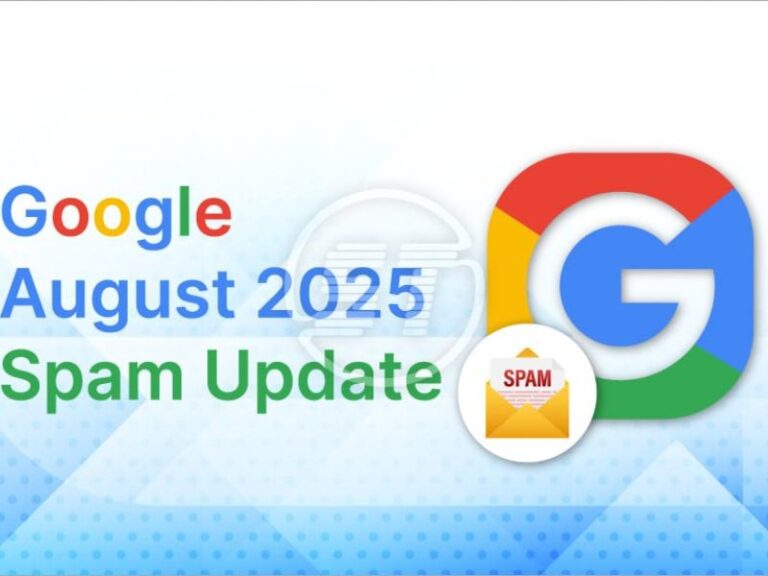Artificial Intelligence is no longer just a buzzword — it’s an everyday tool that powers creativity, productivity, and problem-solving. Whether you’re writing blog posts, generating code, designing marketing campaigns, or summarizing research, the quality of your results depends heavily on one thing: your AI prompts.
Think of AI prompts as the steering wheel for your AI-powered journey. If you give vague directions, you might end up somewhere interesting, but not necessarily where you intended. If you give precise, clear, and creative instructions, the AI will almost always take you exactly where you want to go — and sometimes beyond.
In this guide, you’ll learn how to write AI prompts that get better, more relevant, and more creative results. We’ll cover the basics, advanced strategies, real-life examples, and finally wrap it all up with actionable key takeaways.
Why AI Prompts Matter
AI models like ChatGPT, Claude, and Gemini are designed to respond to instructions — but their performance is directly tied to how well those instructions are written.
A vague prompt might produce something generic or irrelevant, while a carefully crafted one can generate targeted, engaging, and valuable results.
Benefits of good AI prompts include:
-
Saving time by reducing the need for multiple edits.
-
Improving accuracy and relevance of responses.
-
Unlocking creative and unexpected ideas.
-
Guiding AI to match tone, style, and audience needs.
💡 Example:
-
Weak Prompt: Write something about technology.
-
Strong Prompt: Write a 500-word blog post explaining how wearable tech is improving healthcare for seniors, using simple language and including two real-world examples.
Understanding the Basics of AI Prompts
Before diving into advanced techniques, you should understand the main types of AI prompts and their use cases.
1. Instruction-Based AI Prompts
These directly tell the AI what to do.
Example:
Write a product description for a wireless mouse in a persuasive tone.
Why It Works: It’s clear, concise, and directs the AI toward a specific output.
2. Question-Based AI Prompts
These request an answer or explanation.
Example:
What are five budget-friendly marketing strategies for small restaurants?
Why It Works: It narrows the focus and invites relevant, actionable ideas.
3. Contextual AI Prompts
These include background details so the AI can tailor the answer.
Example:
I’m preparing a LinkedIn post for HR managers about employee retention. Suggest five creative ways to improve workplace culture.
Why It Works: Context helps AI understand the audience and purpose.
4. Role-Based AI Prompts
These assign the AI a specific persona.
Example:
You are an experienced travel blogger. Write a 300-word guide about hidden beaches in Thailand.
Why It Works: Roles guide the AI’s tone, expertise level, and style.
The Formula for Writing Perfect AI Prompts
While there’s no single “magic” formula, this structure works for most cases:
Role + Task + Context + Constraints + Example
Breaking It Down:
-
Role: Who should the AI act as.
-
Task: What you want it to do.
-
Context: Any background or specific information.
-
Constraints: Word count, tone, style, or format.
-
Example: Sample content to guide style.
💡 Example Prompt Using the Formula:
You are a professional copywriter (Role). Write a 150-word Instagram caption (Task) for a new eco-friendly water bottle launch targeting athletes (Context). Use a motivational tone and include one call-to-action (Constraints). Here’s an example of the style I like: “Fuel your goals with every sip…” (Example).
Common Mistakes in Writing AI Prompts
Even seasoned users can make prompt-writing mistakes. Here’s how to avoid them.
1. Being Too Vague
❌ Bad Prompt: Write about AI.
✅ Better Prompt: Write a beginner-friendly guide explaining how AI is transforming small business marketing, with three examples.
2. Overloading the Prompt
❌ Bad Prompt: Write a blog post about AI in healthcare, create a social media ad, and summarize it in one sentence.
✅ Better Prompt: Write a 500-word blog post about AI applications in healthcare for patient diagnosis.
3. Ignoring the Audience
❌ Bad Prompt: Explain machine learning.
✅ Better Prompt: Explain machine learning in simple terms for high school students using sports analogies.
Advanced AI Prompting Techniques
Once you’re comfortable with basic prompts, you can use these advanced strategies for more control and creativity.
1. Chain-of-Thought Prompting
Encourages the AI to reason step-by-step.
Example:
Explain how to start a podcast. First, list the equipment needed. Then explain how to record. Finally, share three ways to promote it.
2. Multi-Step Roleplay
Assign different roles across the response.
Example:
First, act as a nutritionist and create a 3-day meal plan for a vegan athlete. Then, act as a chef and give quick recipes for each meal.
3. Prompt Iteration
Refine based on previous answers.
Example:
-
First prompt: Explain blockchain in simple terms.
-
Follow-up: Now use a cooking analogy to make it more relatable.
4. Few-Shot Prompting
Give examples to set the style.
Example:
Write a tweet about space exploration. Example: “Every star is a story waiting to be told. 🚀✨” Now create one about ocean exploration.
Real-Life Examples of Effective AI Prompts by Industry
Marketing
You are a social media strategist. Create a one-week Instagram content plan for a luxury skincare brand targeting women aged 30–45. Include captions and hashtag suggestions.
Education
Act as a history teacher. Create a 10-question quiz about the American Civil War for high school students, with multiple-choice answers.
Technology
Write a beginner’s guide to cloud computing, using car-related analogies for easier understanding.
Healthcare
Act as a patient care advisor. Explain the benefits of telemedicine to elderly patients in simple, empathetic language.
Testing and Improving Your AI Prompts
The best prompts are rarely perfect on the first try. Follow this cycle:
-
Draft: Write your first version.
-
Run: See what the AI produces.
-
Refine: Add details, adjust tone, or restructure.
-
Repeat: Keep iterating until it feels right.
💡 Tip: Always save your best prompts for future use.
Final Tips for Writing Great AI Prompts
-
Be clear and specific — vague prompts waste time.
-
Set constraints like word count, tone, or audience.
-
Use examples to guide the style.
-
Break large requests into smaller ones.
-
Give context — AI isn’t a mind reader.
Key Takeaways
-
AI Prompts Are the Foundation — The better your prompt, the better your output.
-
Structure Matters — Role + Task + Context + Constraints + Example works in most cases.
-
Avoid Vagueness — Specificity equals accuracy.
-
Think About the Audience — Tailor tone, language, and style to who will read it.
-
Iterate and Refine — Prompt writing is a skill that improves with testing.
-
Use Advanced Techniques — Chain-of-thought, roleplay, and few-shot prompting unlock higher-quality results.
By mastering the art of writing AI prompts, you’ll transform AI from a generic content machine into a powerful creative partner that produces exactly what you envision — and sometimes even surprises you in the best way possible.






